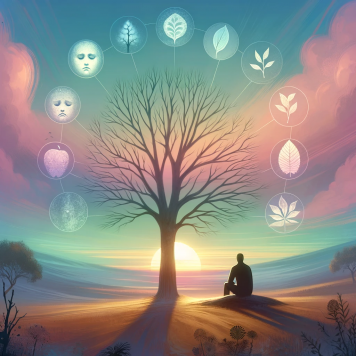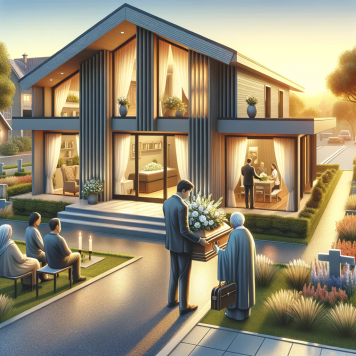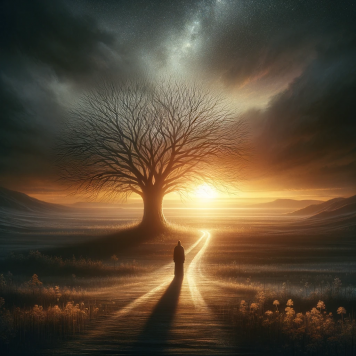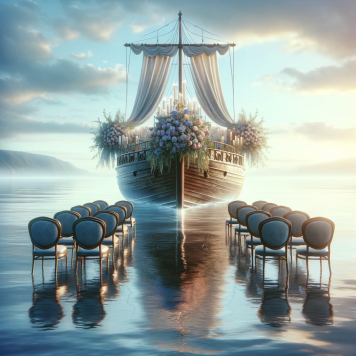Funeral customs have always been a significant part of human culture, reflecting societal beliefs, traditions, and attitudes towards death. This article delves into the rich tapestry of historical funeral customs and their relevance in modern times.
The Ancient Egyptian Funeral Customs
The ancient Egyptians had a profound belief in the afterlife, which was reflected in their elaborate funeral customs. The most well-known of these is mummification, a process designed to preserve the body for its journey to the afterlife.
Another significant funeral custom was the burial of grave goods with the deceased. These items, which ranged from food and drink to statues and jewelry, were believed to be useful in the afterlife.
Modern Relevance of Egyptian Funeral Customs
While mummification is no longer practiced, the concept of preserving the body is still prevalent in modern funeral customs, such as embalming. Similarly, the tradition of burying personal items with the deceased continues in many cultures, reflecting the enduring human desire to maintain a connection with loved ones after death.
Moreover, the Egyptian belief in the afterlife has had a profound impact on religious and philosophical thought, influencing modern concepts of life after death.
Funeral Customs of the Victorian Era
The Victorian era was a time of elaborate mourning rituals and strict codes of conduct. Mourning periods were strictly observed, with specific clothing and social restrictions for the bereaved.
Funeral processions were grand affairs, often involving a hearse drawn by black horses, and followed by mourners on foot. The deceased was usually buried in a family plot, with a tombstone bearing their name and dates of birth and death.
Modern Relevance of Victorian Funeral Customs
Many elements of Victorian mourning customs can be seen in modern Western funerals. The use of hearses, the observance of mourning periods, and the tradition of family plots are all practices that have endured.
Additionally, the Victorian emphasis on remembering the deceased through memorialization has influenced modern practices such as creating online memorials or planting trees in memory of the departed.
Funeral Customs in Buddhism
Buddhist funeral customs are centered around the concept of impermanence and the cycle of rebirth. Funerals often involve a wake, where loved ones pay their respects, followed by a cremation ceremony.
The ashes of the deceased may be kept in a family altar or scattered in a place of significance. Memorial services are held at intervals after the death, to honor the deceased and provide comfort to the bereaved.
Modern Relevance of Buddhist Funeral Customs
The Buddhist approach to death, emphasizing acceptance and the continuation of the life cycle, has influenced modern attitudes towards death. The practice of cremation has become increasingly common in Western societies, reflecting a shift in societal attitudes towards body disposal.
Furthermore, the Buddhist practice of ongoing memorial services has found a place in modern grief counseling, with the recognition that mourning does not end with the funeral, but continues as a process of healing and remembrance.
Conclusion
Historical funeral customs provide a fascinating insight into the beliefs and values of past societies. While the specific practices may have evolved, the underlying themes of respect for the deceased, comfort for the bereaved, and contemplation of mortality remain relevant in modern times.
By understanding these historical customs, we can gain a deeper appreciation of our own funeral practices and the ways in which they help us navigate the universal human experience of death.

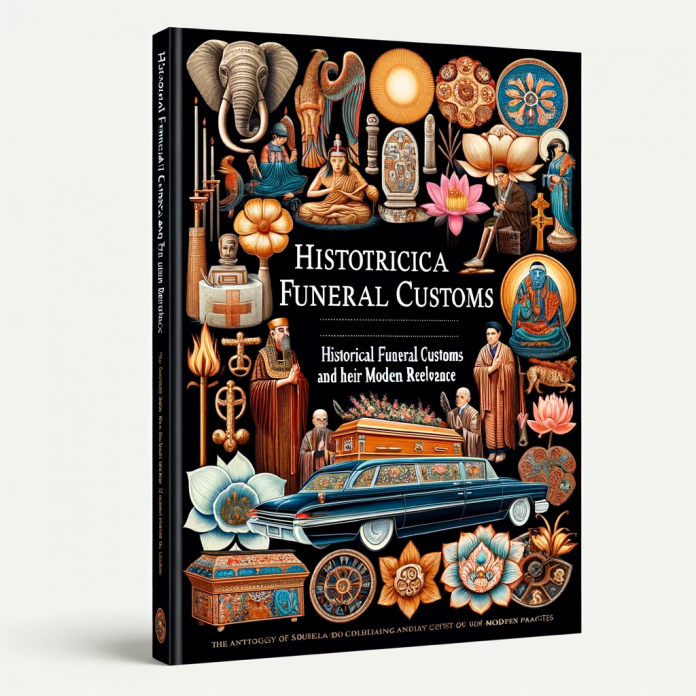
-banner.png)


